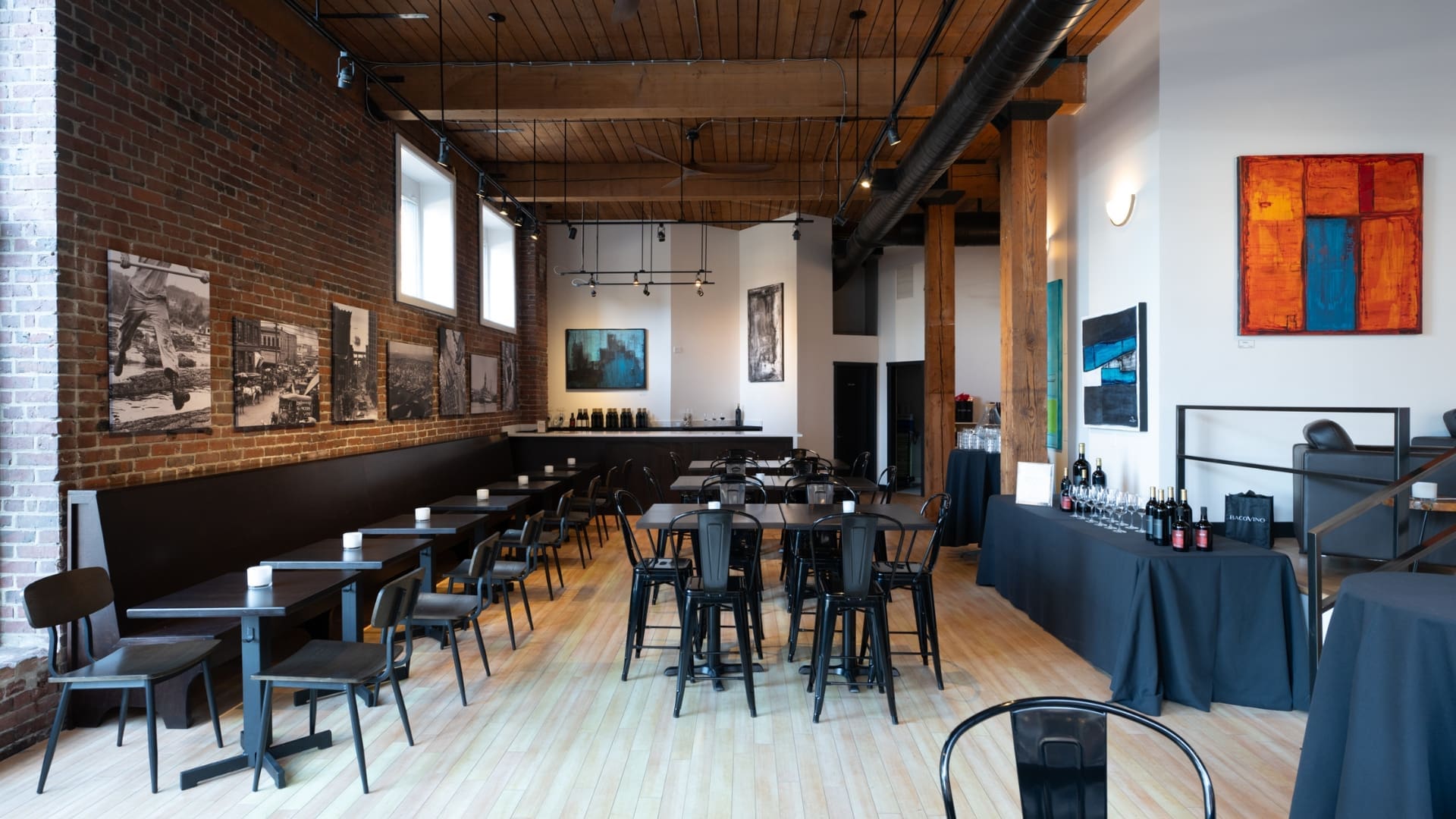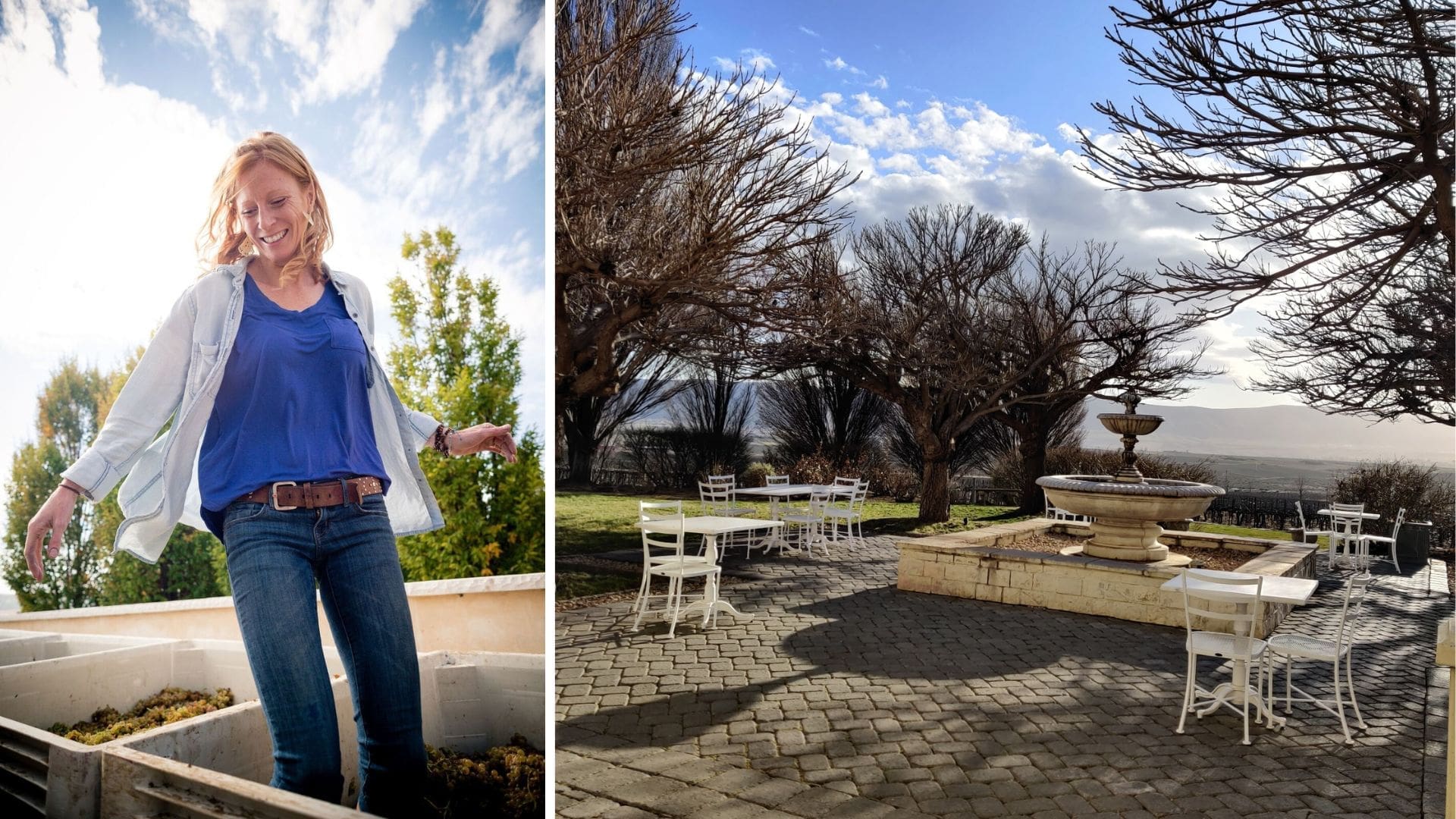For all that we talk about rosé, we don’t often discuss which grapes are best suited for it. While Americans still shop for wine overwhelmingly based on varietal, I don’t think the same holds true when it comes to pink wine: if anything, people choose based on the color. So let’s examine some of the most common varietals used in the Pacific Northwest for rosé production, and why they work (or don’t).
In Oregon, naturally, Pinot Noir is the grape of choice for most of the rosé. In many cases it’s made in the saignee style, whereby some juice from red wine production is drained off for rosé, which beyond producing rosé has the added benefit of concentrating the color and flavor on the red wine being made. Given that growing Pinot Noir is tricky, and land in the Willamette Valley is pricey, there are relatively few grapes grown for the express purpose of making rosé, though that trend is increasing slightly as rosé becomes more popular. Outside of the Willamette, especially into Southern Oregon, you’ll find rosés made from, among others, Cabernet Franc and Syrah.
Washington’s rosé landscape is quite a bit more diverse, which makes sense given the wide range of grapes grown in the state. That said, most of the rosé is made from two groups of varietals: Rhône and Bordeaux. The principal Rhône varietals are Grenache and Mourvèdre, with Syrah and Cinsault popping up as well. Given that Southern France is generally considered the preeminent rosé region in the world, it makes sense that winemakers would turn to those same grapes in Washington. The key seems to be growing the grapes specifically for rosé, as that allows for an early harvest that preserves acidity and keeps the fruit flavors from dominating. Given the strong trend towards dry, austere rosés, and Washington’s ability to get grapes very ripe, the saignee method tends to produce less exciting results, though of course it’s most definitely used.
Bordeaux varietals can include Cabernet Sauvignon, Merlot and Malbec, but for my money Cabernet Franc is easily the most exciting rosé varietal. Again, when grown for rosé and picked early, it can make earthy, herbal and delightfully fresh wines that are reminiscent of the rosés of the Loire Valley. The other Bordeaux varietals too easily tip over into candied fruit flavors, which even when the wine is fermented dry can create an impression of sweetness.
The other interesting trend in rosé has been the use of white grapes like Chardonnay and Pinot Gris in rosé; their acidity and freshness can also be a welcome addition to a blend. While these amalgamated rosés are perhaps not quite as nuanced and interesting as the more intentional ones, they’re also great for enjoying in the sun without a whole lot of thought, and after all, that’s why so many of us love rosé in the first place.
Writer Zach Geballe is a sommelier at the Dahlia Lounge and the host of Disgorged, a weekly podcast and pop-up wine bar in Seattle’s Queen Anne neighborhood. He lives in Seattle, where he owns more wine than he can reasonably drink, but loves to share. You can find him at @zgeballe or vinetrainings.com.








